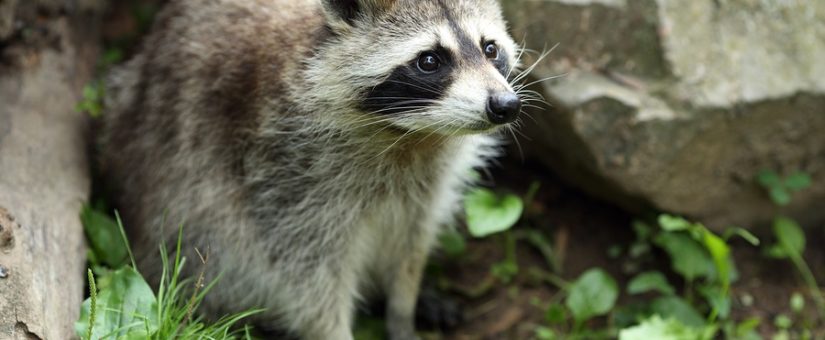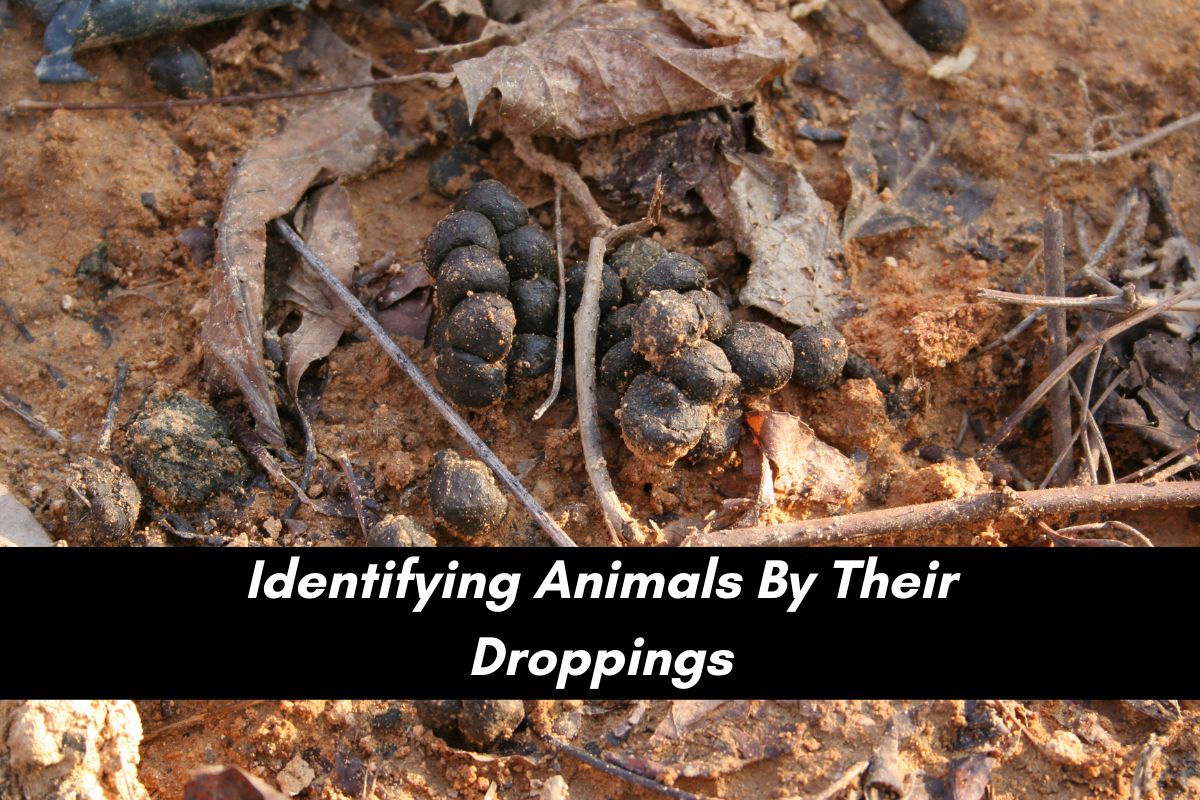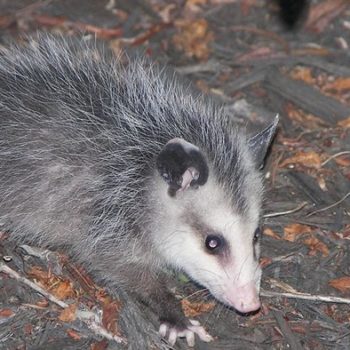
Rabies and Animals in North Carolina
- Posted by AdminBW
- On June 14, 2016
- 0 Comments
“Rabies” is such a scary word, especially for parents, that it seems prudent to get to the good news first – according to the NC Department of Health and Human Services, only one case of human rabies has been recorded in North Carolina between 1955 and 2015. So, unless you or your children plan to seek out, irritate, and get handsy with as many rabid wild animals as possible, rabies doesn’t need to keep you indoors this summer.
That said, rabies is fatal, if not immediately treated, and with so many wooded areas and native species intermingling with suburban development, it’s important to know the signs of rabies and which animals are more likely to be carriers, whom to call if there is concern of animal or possible human infection, and general preventative measures to take.
Rabies Facts
Rabies is most often transmitted to domestic animals – usually cats and dogs – by bites from infected animals. Raccoons and opossums are the most likely carriers and culprits of transmitting the disease to pets. However, skunks, foxes, and bats are other animals that are more commonly known to carry rabies.
In general, it’s always best to leave wild animals alone and keep our hands to ourselves. Think about it – if you wouldn’t randomly reach out and touch a stranger standing in front of you at the grocery, it’s probably best not to try it with wild animals in the woods behind your house. If you see nocturnal animals, like raccoons or opossums, during daylight hours, and they seem unafraid of humans, keep your distance – they are likely rabid.
And, while rabies cases in humans is holding at one, North Carolina has seen a rise in rabies infections, ranking 3rd in the U.S. in a 2012 report, with 434 reported cases.
Prevention and Action
If your dog or cat has a bite from an unknown animal, an immediate trip to the vet is a must. There, your pet will receive a booster shot to its previous rabies vaccination and will be quarantined for up to 10 days, in order to verify if the disease was transmitted or not. Keep the pet away from children, because the disease can even be transmitted without bites – saliva or mucus that finds an opening in the skin, say a cut or scraped knee, can transmit the disease, too.
If you are concerned that your pet or a wild animal in your vicinity is infected, you can contact the North Carolina Animal and Rabies Control Association. Here, you will find agency listings alphabetized by county.











